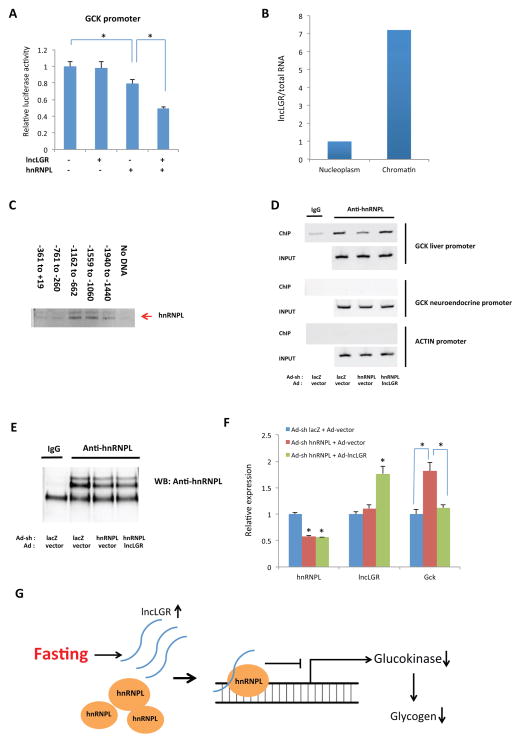Figure 4. LncLGR and hnRNPL coordinately suppress GCK transcription.
(A) Mouse liver GCK promoter-driven luciferase activities in HEK293 cells transfected with vectors expressing hnRNPL, lncLGR, or both. Negative control for hnRNPL is a pcDNA 6.2 vector expressing a YFP, and negative control for lncLGR is the empty pcDNA 6.2 vector. (n=3, and the result is representative of at least two independent experiments).
(B) Levels of lncLGR in nucleoplasm and chromatin fractions of mice liver tissue samples (result of an independent experiment is also shown in figure S2C).
(C) Immunoblotting analysis of purified hnRNPL proteins that are bound to biotinylated mouse GCK liver promoter fragments using an anti-hnRNPL antibody.
(D) Chromatin immunoprecipitation of pooled liver tissue samples from mice (n=5) receiving control, hnRNPL KD, or both hnRNPL KD and lncLGR overexpression adenoviruses after a 4h food withdrawal. Bands were amplified with specific primers for liver GCK, neuroendocrine GCK, or β-actin promoters.
(E) Anti-hnRNPL immunoblotting analysis of proteins in immunoprecipitates of cross-linked mouse liver tissue samples shown in Figure 4D using an anti-hnRNPL antibody.
(F) Hepatic gene expressions in mice as described in Figure 4D (n=7).
(G) A graphic model depicting the mechanism of hepatic GCK regulation by lncLGR and hnRNPL.
Error bars represent SEM, *p<0.05.

